Brain Teaser Riddles for Kids to Improve Coding Skills with Answers
Brain Teaser Riddles for Kids to Improve Coding Skills with Answers
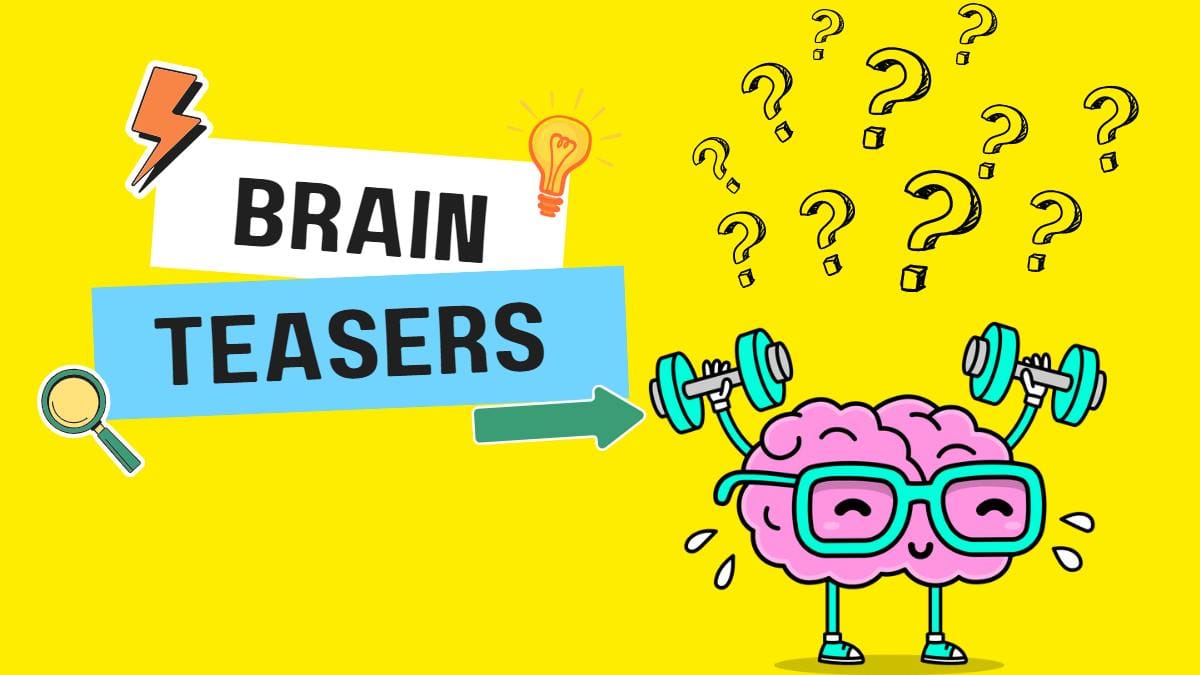
Being a coder involves more than typing lines; it’s a way of thinking, too. The essence of coding riddles/brain teasersfor young coders is to teach children to use logic, see patterns, and stick to orders in sequences.
The same skills are worked on through riddles. Therefore, using using coding brain teasers with answers is beneficial, since they also work as training for young minds in the field of programming. We have found here a collection of smart and fun brain teaser puzzles designed for kids. Every riddle is made to test your thinking and also teach you something new.
Every riddle/brain teaser is solved by students who are guided by answers that explain how the activity helps them develop useful programming skills, order of operations, and following steps. These coding riddles for kids help your child, whether they are only learning to code or already work with it through apps, to develop the same skills they use in coding. Having notes and kids on hand, you can start solving puzzles that could turn them into future coding experts!
Solving brain teasers for young coders will improve and exercise your basic thinking for coding. Working on brain teasers makes children improve their logic, ability to see patterns, and skills in solving problems, which are important in programming languages. Let's dive deep into the world of Riddles with a few examples to enhance your understanding.
What is a Riddle?
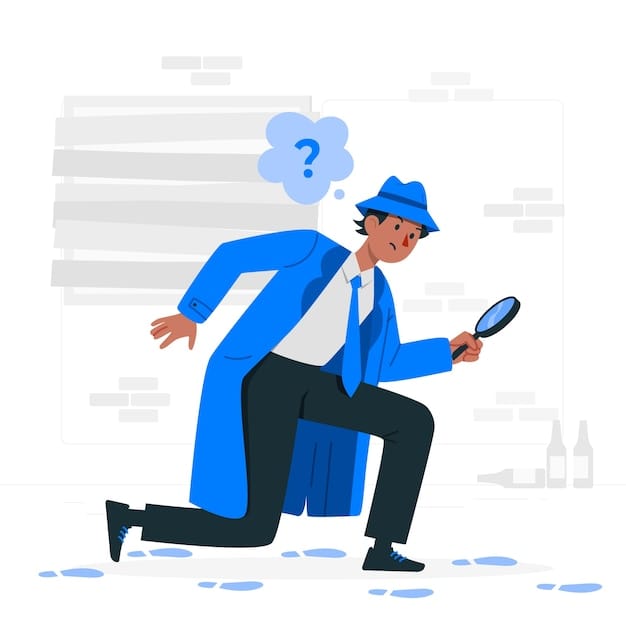
Before starting, let’s look at what a riddle truly means. The essence of a riddle is a fun puzzle that makes people think hard to find out the solution. Solving coding riddles for kids isn’t as easy as answering a simple question, as kids must think from a different point of view.
Such problems are not supposed to be solved in a straightforward way; they simply help learners look for alternative solutions to succeed. Riddles develop several skills that help people with learning to code. Brain teasers for young coders, in particular, focus on strengthening logical thinking and reasoning.
Logical reasoning is the main benefit of doing programming. Before solving the riddle, kids should examine the given facts, figure out what it means, and get rid of any wrong answers. This same approach is used when working with coding brain teasers with answers that guide children step by step.
It is such a mindset that makes writing clean code or finding programming issues easier. In addition, solving riddles encourages people to think from different angles, something needed for being innovative and finding solutions when programming. Figuring out a riddle is just as complicated as fixing a buggy piece of code.
They make children think about what they see, guess what might happen, and reconsider their thinking, all important for programming. For this reason, coding riddles for kids are great for learning, even though they are great fun. Playing riddles either before class sessions or at home boosts creativity and gets young people ready to perform well in computer science.
Fresh & Fun Riddles
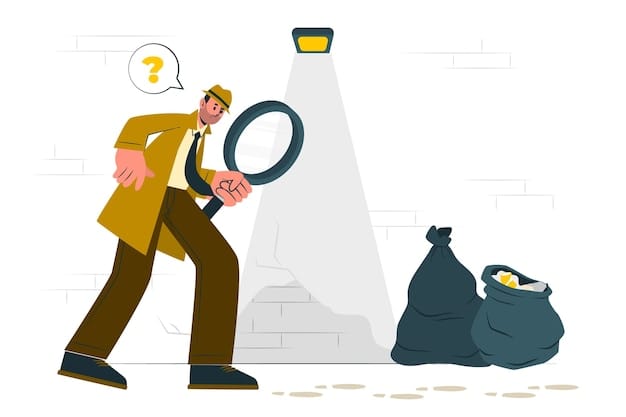
You have found yourself in the heart of the blog. This part has a personal choice of brain teaser questions that young coders can enjoy. Even though these riddles are fun, they also help the brain work similarly to how a programmer thinks. All riddles draw on skills that are also part of learning to code.
1. Riddle: I have many keys in my hand, but I can’t knock on the door.. What am I?
Answer: A piano
Coding Insight: Promotes the idea that keys can mean various symbols depending on the context, for example, like variables in code.
2. Riddle: Without a mouth, I speak and without ears, I hear messages. Even though I do not have a body, I feel alive when there is wind. What am I?
Answer: An echo
Coding Insight: Gives the ability to think abstractly and know how code behavior depends on inputs.
3. Riddle: The more you take, the more you leave behind. What am I?
Answer: Footsteps
Coding Insight: Illustrates the idea of repeating actions and their related outcomes, known as patterns.
4. Riddle: What comes once in a minute, twice in a moment, but never in a 1000 years?
Answer: The letter "M"
Coding Insight: Helps you find requirements when you work with code by being able to recognize familiar aspects.
5. Riddle: I have branches, but no fruit, trunk, or leaves. What am I?
Answer: A bank
Coding Insight: Shows that terminology is precious, making it clear that its use may depend on the context, just like programming keywords.
6. Riddle: Forward I’m heavy, but backward I’m not. What am I?
Answer: The word "ton"
Coding Insight: It helps you use the reverse logic needed for troubleshooting errors and solving various problems in code.
7. Riddle: I am around once in June, twice in November, though not in May at all. What am I?
Answer: The letter "E"
Coding Insight: Stronger pattern detection helps in parsing data, handling loops, and changing strings using programming.
Riddles for Kindergarten Students
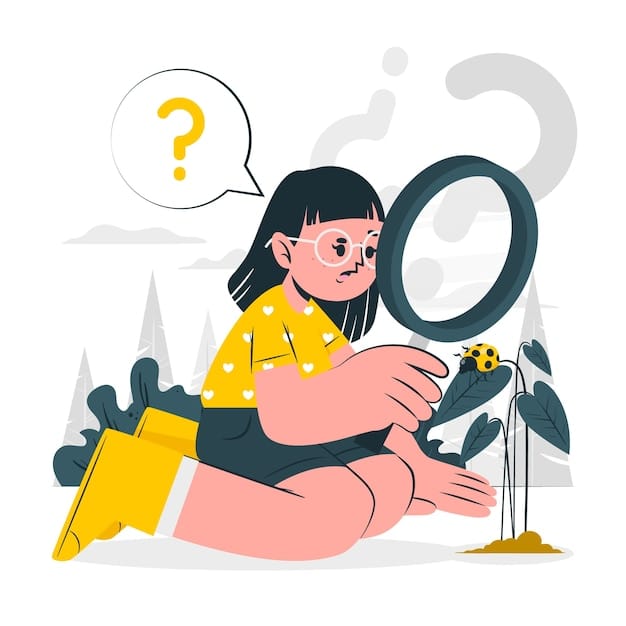
Kids can start using programming concepts even when they are very young. This part of the book is made of simple, visually based riddles that help to teach kids between 4 and 6. With these easy puzzles, kids sharpen their thinking and learn many new words. Although they have not touched coding yet, these kids are learning the basic thinking skills needed for coding.
1. Riddle: What has legs but doesn’t walk?
Answer: A table
Coding Skill: Allows kids to know the difference between literal and figurative meanings, which is useful when using symbolic commands in programming.
2. Riddle: I’m yellow and bright, I shine in the sky, but you can’t look at me with your eye. What am I?
Answer: The sun
Coding Skill: It enables people to visualize and identify different things and aspects based on their appearance.
3. Riddle: While I move in whatever direction, I do not move in the physical sense. What am I?
Answer: A staircase
Coding Skill: Improves the skill of logically observing results, just as with understanding the outputs from predefined programming.
4. Riddle: There is something with a face and two hands, but it does not have arms or legs.
Answer: A clock
Coding Skill: Introduces how loops or other systems behave and how their form causes them to function.
5. Riddle: I am white and feel cold, as I descend down from above. I feel soft and comfortable in warm conditions. What am I?
Answer: Snow
Coding Skill: Contains examples of conditional thinking that help children understand what leads to certain results, for instance, “melting happens on warm days.”
Riddles about the Planets
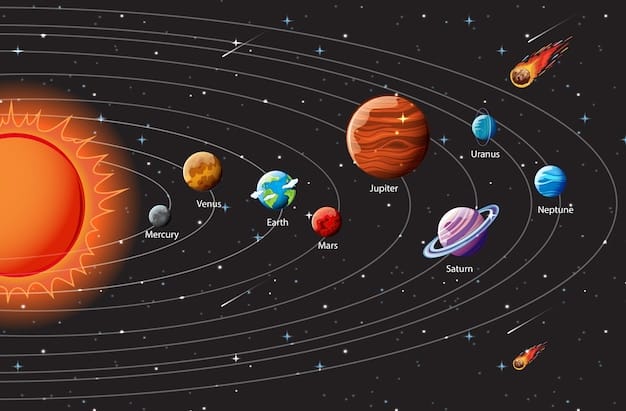
Ever since people first learned about outer space, it has grabbed their attention and is a perfect environment for sharpening the mind’s reasoning skills. These riddles about the solar system use both science and logical thinking. Each time kids solve a riddle, they recall facts, use their knowledge, and deduce answers, which is also important for programmers.
1. Riddle: What planet’s popularity comes from its rings?
Answer: Saturn
Coding Skill: The process helps you remember different functions and libraries used in programming.
2. Riddle: I am farthest from the Earth in the Solar System, as well as the smallest. What am I?
Answer: Mercury
Coding Skill: Supports detail-focused observation—important for choosing the right values or data types in a program.
3. Riddle: I am red and sandy, and robot teams love to discover new things on me. What planet am I?
Answer: Mars
Coding Skill: Requires you to notice patterns and draw conclusions, as in relating code to its expected results.
4. Riddle: The colors blue and green cover me because of all the life growing here. People and animals call me home. What planet am I?
Answer: Earth
Coding Skill: Improves a person’s ability to define and sort different objects and conditions.
5. Riddle: As the biggest planet, I am capable of holding more than 1,300 Earths inside me. What am I?
Answer: Jupiter
Coding Skill: Helps people visualize both size and space needed for organizing and improving data processing.
6. Riddle: I am furthest from the Sun, and it makes me extremely cold. I used to belong to the group of planets, but I’m no longer one. What am I?
Answer: Pluto
Coding Skill: It helps programmers be flexible and update their work when there are changes in the code.
Fun English Games
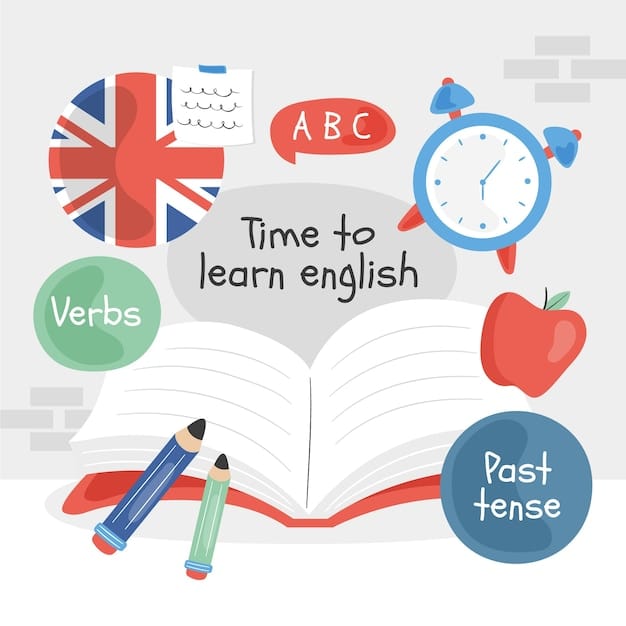
When children learn to code, play helps them a lot because it engages their minds. Although coding is about using computers and syntax, the main part is to think in an organized way, find patterns, solve problems, and decide wisely. That’s why coding riddles for kids and brain teasers for young coders are effective tools to develop these skills through play.
Playing English word games is a special yet proven method for building these same mental abilities. These activities are quick and can either be done during breaks, before lessons, or as part of your everyday classroom or home schedule. They boost reading abilities as well as perform simple aspects of programming thinking. In the same way that coding brain teasers with answers guide young learners step by step, word games reinforce thinking strategies useful in coding.
🔡 1. Word Ladders
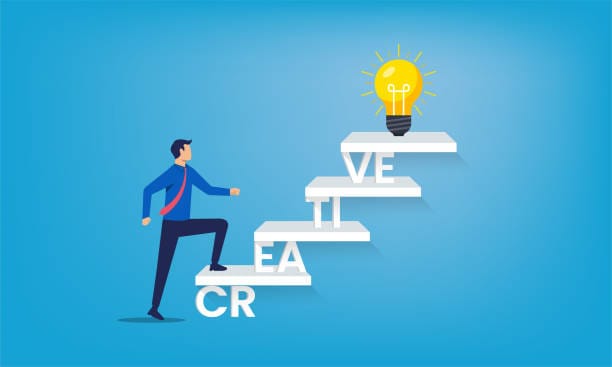
What It Is:
With a word ladder, you start off by picking a word and changing one letter to make another word, until you finally get to the word you wanted as the solution. The result of every step has to be a correct English word.
Example:
Transform CAT into DOG:
CAT → COT → DOT → DOG
Another option is not to be allowed to use the same word twice or try to finish the puzzle in as few steps as you can.
Why It’s Great for Coding:
It prompts the student to solve problems gradually, just like programmers deal with errors one step at a time.
Covering order of operations and precision is important for learning how to write functional code.
It follows version control by describing how, with many small, watchable changes, something much bigger can happen.
In the Classroom/Home:
You can write a ladder on the whiteboard and invite students or siblings to race and complete it step by step, or give them a start word and a goal to finish, and see who completes it fastest.
🎵 2. Rhyming Riddles & Word Pairs
What It Is:
These are often silly rhyming puzzles that need an understanding of rhythm and logic. They work on clues in which the solution is a rhyming phrase or a set of words that suit the meaning.
Examples:
Clue: What is a bear that doesn’t have any teeth called?
Answer: A gummy bearClue: When is a rabbit especially happy?
Answer: A happy hoppy
Or go for simpler rhymes:
I rhyme with "car," and I shine like a star. What am I? → Star
Why It’s Great for Coding:
Wire’s brain to match sounds and how words are formed.
Kids use their imagination when connecting different words.
Focuses on attention to detail and on symbolic language, as both are necessary for easy-to-understand programming code.
In the Classroom/Home:
Turn the learning process into a game by turning it into a riddle wall or have the children make their own riddles with new vocabulary terms.
🔢 3. “What Comes Next?” Coding puzzles
What It Is:
These games show different objects to kids and challenge them to come up with the pattern rule so they can predict the following object.
Examples:
Numbers: 5, 10, 15, 20,? → 25
Letters: B, D, F, H, ? → J (Skipping every other letter)
Shapes: 🔵 🔴 🔵 🔴 ? → 🔵
Words: sun, fun, run? → bun (Rhyming pattern)
Why It’s Great for Coding:
Develops abilities in using loops, conditions, and logic to anticipate results.
It is how programmers notice and repeat similar pieces of code.
Makes it possible for children to learn how actions in a program are generally set up.
In the Classroom/Home:
Make use of cards, slides, or drawing on the chalkboard. Let the children try to solve the problem themselves, and give advice for the next step. Encourage kids to develop their own exercises and try to beat each other.
Bonus Game: “Guess the Rule”
What It Is:
Give kids a number of examples that have something in common and invite them to spot the connection.
Examples:
Apple → Red, Banana → Yellow, Carrot → Orange — What's the rule? (They’re all fruits/vegetables and associated with colors.)
2, 4, 8, 16 →? (Doubling rule—next is 32)
Smile → 😊, Sad → 😢, Laugh → 😂 — Emotions and matching emojis.
Why It’s Great for Coding:
Helps you use the same logic as in fixing bugs or exploring the workings of a program.
Helps children to see the main ideas involved in logic and functions.
In the Classroom/Home:
You can play it together or use various objects as symbols, for example, blocks or flashcards. Teach children to make basic rules that their friends can guess—this is an example of how program developers lay out rules of logic.
Final Thoughts: Coding riddles for kids
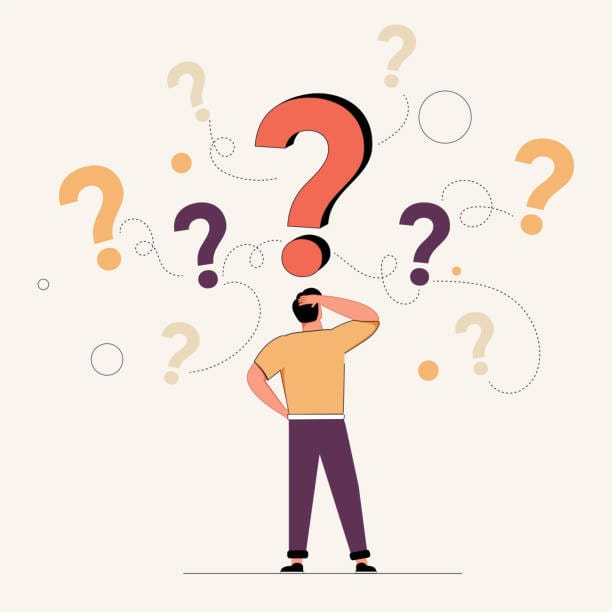
Many times, simple word games and puzzles help us train our brains by having fun. Children will enjoy using these exercises to develop the necessary skills that every future coder must have. Solving brain teasers, decoding rhymes, and finding the right pattern in games is training kids’ minds for programming.
Playing these games is like debugging pieces of code or making a new app.
🔍 Observe carefully – Watch for clues and anything that is different from the norm.
🧪 Test ideas – Try out various solutions and find out what you can learn from each result.
🧩 Identify patterns – loops, arrays, and algorithms begin with this idea.
🧠 Think logically and step-by-step – Tackle tough problems bit by bit, dividing them step by step into pieces that are easy to solve
🗣️ Communicate solutions clearly – Explain your decisions more clearly, the same as a developer would in source code.
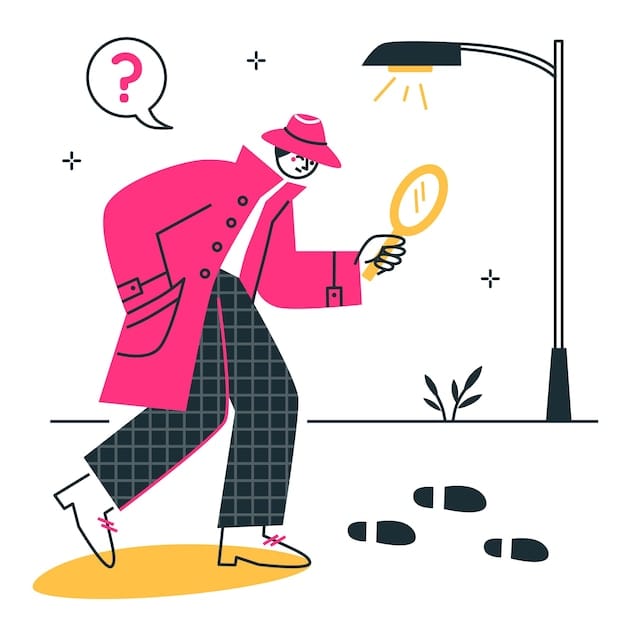
If kids participate in such challenges regularly, they gain not only mental skills but also the confidence to work out challenges step by step. These methods will support them in their coding projects and also in other areas of their lives. Whether through coding riddles for kids, brain teasers for young coders, or logic-based games, these games make it easy for a parent to guide their kid in coding, for a teacher to introduce coding to their students, and for any curious kid interested in coding to learn. It only takes a simple setup, very little technology, and these games are simply enjoyable.
Then why not try solving a riddle, uncovering the steps in a word ladder, or working through a sequence game? There is a period of extra learning required to make every giggle or light-bulb moment possible. The moment is gaining knowledge and expertise to think like a skilled programmer.
Riddles for Kids - FAQs
How do riddles help kids develop coding and problem-solving skills?
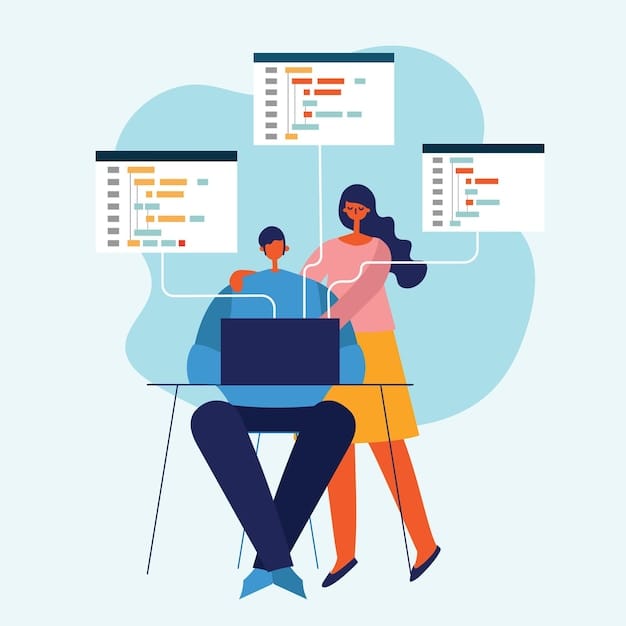
Pattern recognition, abstract thinking, and sequencing logic are similar to the skills needed in riddles and in coding. When children solve riddles, they work on problems in steps and use their imagination, in a similar way to writing or fixing bugs in code. These brain teasers for young coders are excellent for improving structured thinking.
What makes a riddle different from a regular question?
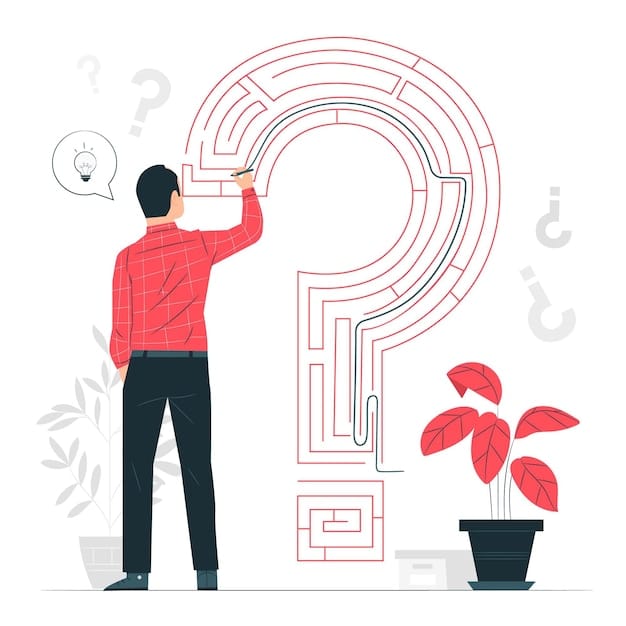
When kids answer riddles, they have to go past the obvious answer, which is why riddles are not as easy as simple questions. By solving such complex problems, students learn to approach issues differently and stick with them, two traits very useful in coding and real-life problem-solving.
Why should riddles be part of early childhood learning?
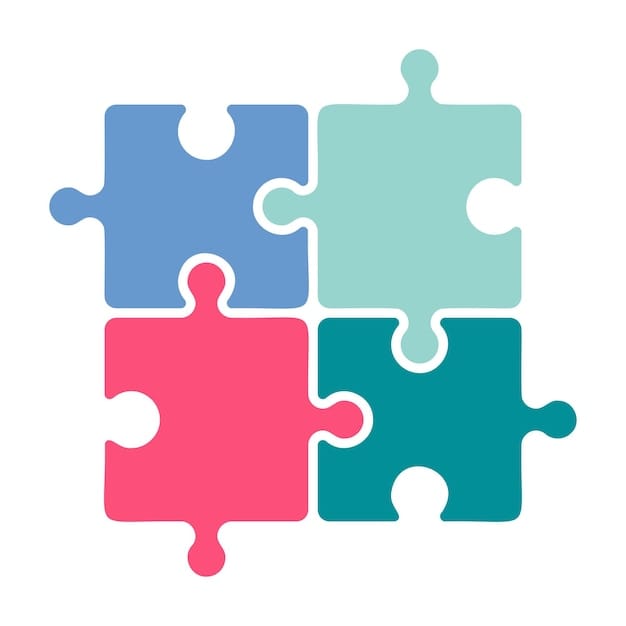
Solving riddles helps your creativity, makes you pay more attention, and increases your understanding of words. They introduce kids to logical reasoning so that subjects, including math, science, and programming puzzles for children, become easier for them.
Are riddles about space and planets suitable for young coders?

Absolutely! Kids love to interact with space-themed coding riddles for kids since they learn while using their creative thinking skills. They teach children how to use their thinking to find solutions, a main principle in coding.
What kind of riddles work best for kindergarten students?
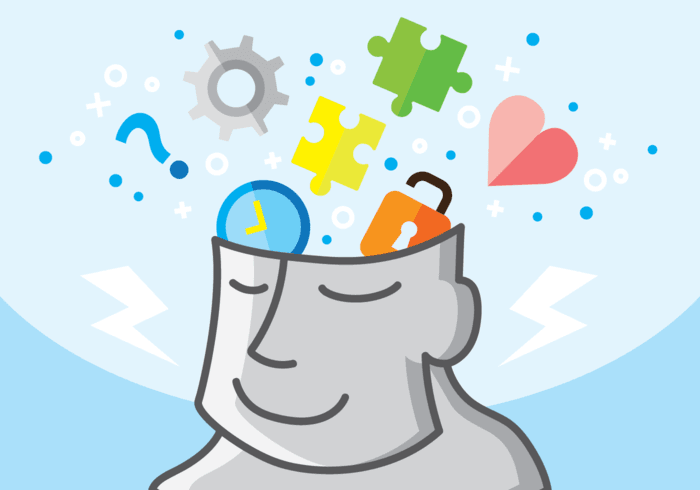
Riddles that rhyme and feature recognizable things and images are the best kind for young students. They simple brain teasers for young coders help children remain interested and teach them reasoning skills in a way that makes them ready for tougher problems in the future.
Where can I find good riddles for different age groups?
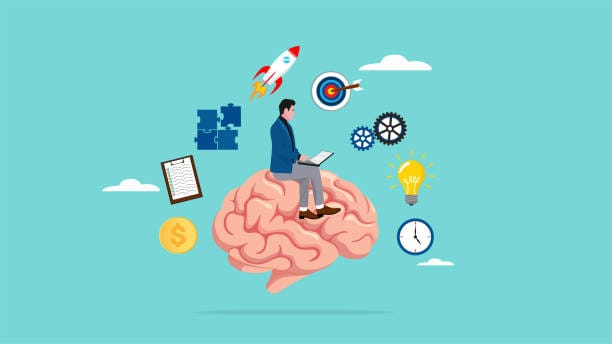
Interesting riddles are available in collections of learning content, special activity books for kids, and some coding teaching platforms, like Codeyoung. Many times, they use riddles along with explanations and matching problems for several abilities. Look for coding brain teasers with answers to help children understand the logic behind each solution.
Comments
Your comment has been submitted successfully!